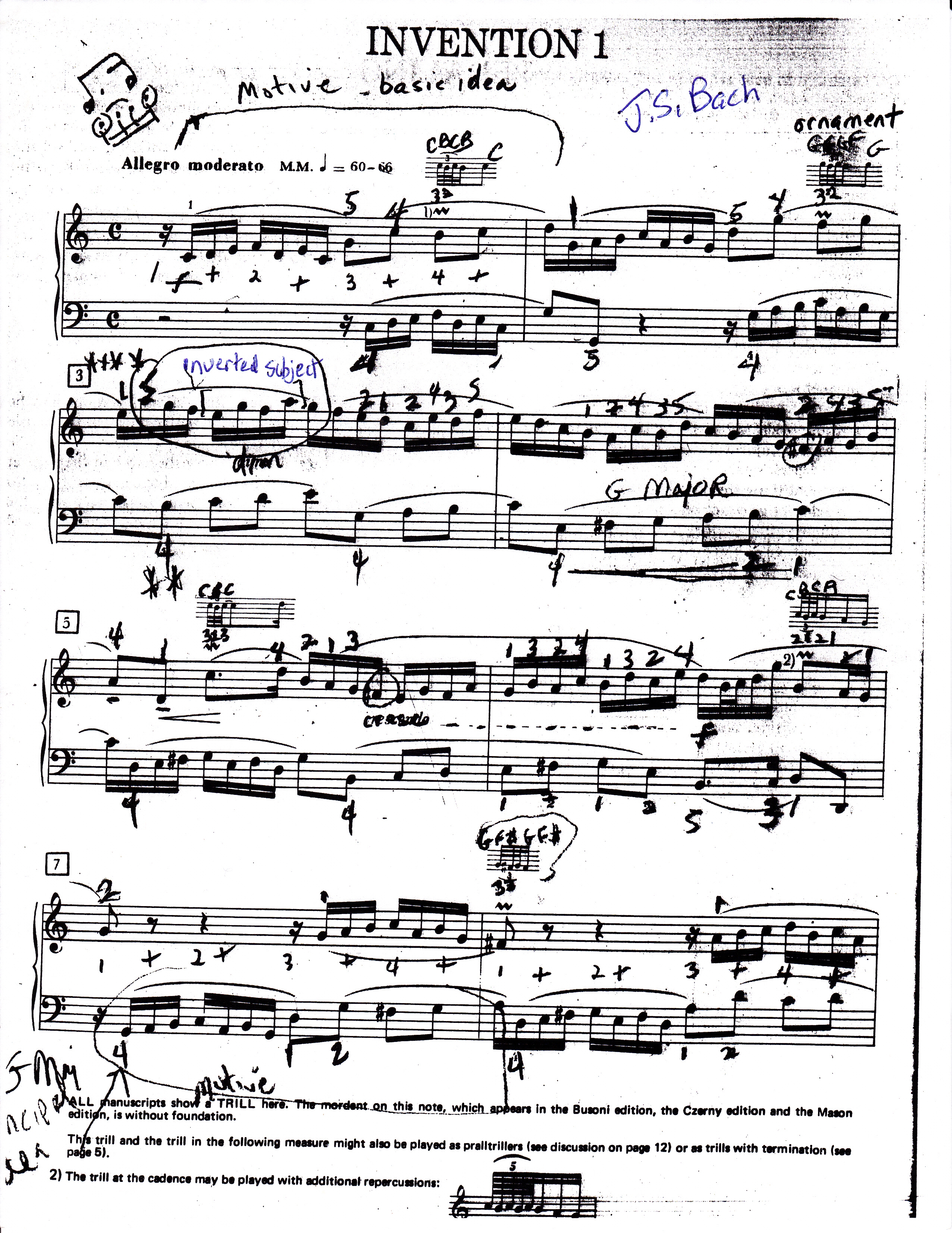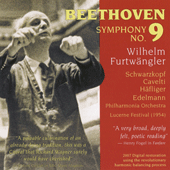

BEETHOVEN 7TH SYMPHONY 3RD MOVEMENT IMSLP TV
Allegretto Welcome to the Daily Download, a handpicked, free, downloadable piece of classical music available every weekday.īeethoven's 7th symphony in movies and TV but you're probably more familiar with Beethoven's Symphony No.
BEETHOVEN 7TH SYMPHONY 3RD MOVEMENT IMSLP PDF
Download and print in PDF or MIDI free sheet music for Symphony No.7, Op.92 by Beethoven, Ludwig van arranged by hmscomp Beethoven Symphony No.A shift to the major key later in the piece brings a romantic change of atmosphere. or key underlines an air of solemnity.The second movement, Allegretto, was the most popular movement and had to be encored Beethoven composed this Symphony while improving his health in the Bohemian spa town of Teplice. Its theme is quickly established and has a hauntingly beautiful melody. This is unlike the slow 2nd movement of many symphonies.92, in 1811, was the seventh of his nine symphonies Beethoven - Symphony No.7 in A Major Op.92 (2nd Movement) by 'CAPTCHA' play list published on Ludwig van Beethoven's Symphony No.8’s finale as “one of the greatest symphonic masterpieces of Beethoven.” It’s hard to disagree, because Beethoven’s self-proclaimed “little” symphony in F major was masquerading itself as an overlooked misstep when in fact it was and still is a subtly profound stroke of genius an admirable accession to Beethoven’s extensive, brilliant repertoire.Home Beethoven 7th symphony 2nd movement Beethoven - Symphony No It serves as the disclaimer: the symphony is over when Beethoven says it it’s over. The gargantuan coda follows and sums up the symphony with frightening pompousness and conviction. At least, it only does so to foreshadow an unusual and brilliant modulation where the C♯ is a welcome dominant chord (in other words, it resolves itself).

It simply does not exist in the scale, and the orchestra accenting that note specifically sticks out like a sore thumb. I say “wrong” because in the key of F major, of which this movement is rooted in, there is no C♯. It begins delicately with a faint call-and-response between the violins and flutes when all of a sudden a “wrong” note (C♯) is played with the utmost vigor before transitioning back to the original melody at the newly established volume. However, the highlight of the symphony is undoubtedly its seven-minute finale, Allegro vivace, which is among the more intriguing of Beethoven’s closers. It may be soothing and inviting one moment, but often it’s merely a façade for an impending eruption of orchestral vitality in the most pleasant sense. Tempo di Menuetto comes the closest to a conventional waltz, but unlike other ballads, this movement has suspense lingering over every note. The second toys with a metronomic motif that inspires anticipation and glee, swaying to and fro with bursts of orchestral unison riffs peppered throughout. The first movement Allegro vivace e con brio begins in a standard grandiose affair, progressing as an elegant, powerful opening in traditional sonata form. Namely, he expounded on the potential of a coda section, and embellished on his newfound fondness for rapid-fire sixteenth note patterns. 8’ is an experimental work although its disposition for fun is evident throughout, there are many stylistic intricacies Beethoven was tweaking with that have never been explored before. It’s unusually upbeat for Beethoven there isn’t a defined slow movement, which typically is the second movement of a given piece whereas the second movement here is a brief, graceful exercise in clockwork (which I’ll soon elaborate on). While I don’t agree with that sentiment entirely, I empathize that Beethoven’s 8th symphony is one of the most refined and interesting of all his works. This upset Beethoven as he believed it was far superior to his previous ‘Symphony No.

6), not even reaching the 30-minute mark and has been received with lukewarm reception due to its premiere in 1814, which allegedly received tepid applause after its performance. It is nicknamed so because it is the shorter of his two F major symphonies (the other being No. Beethoven’s “little symphony in F” is an often forgotten one.


 0 kommentar(er)
0 kommentar(er)
